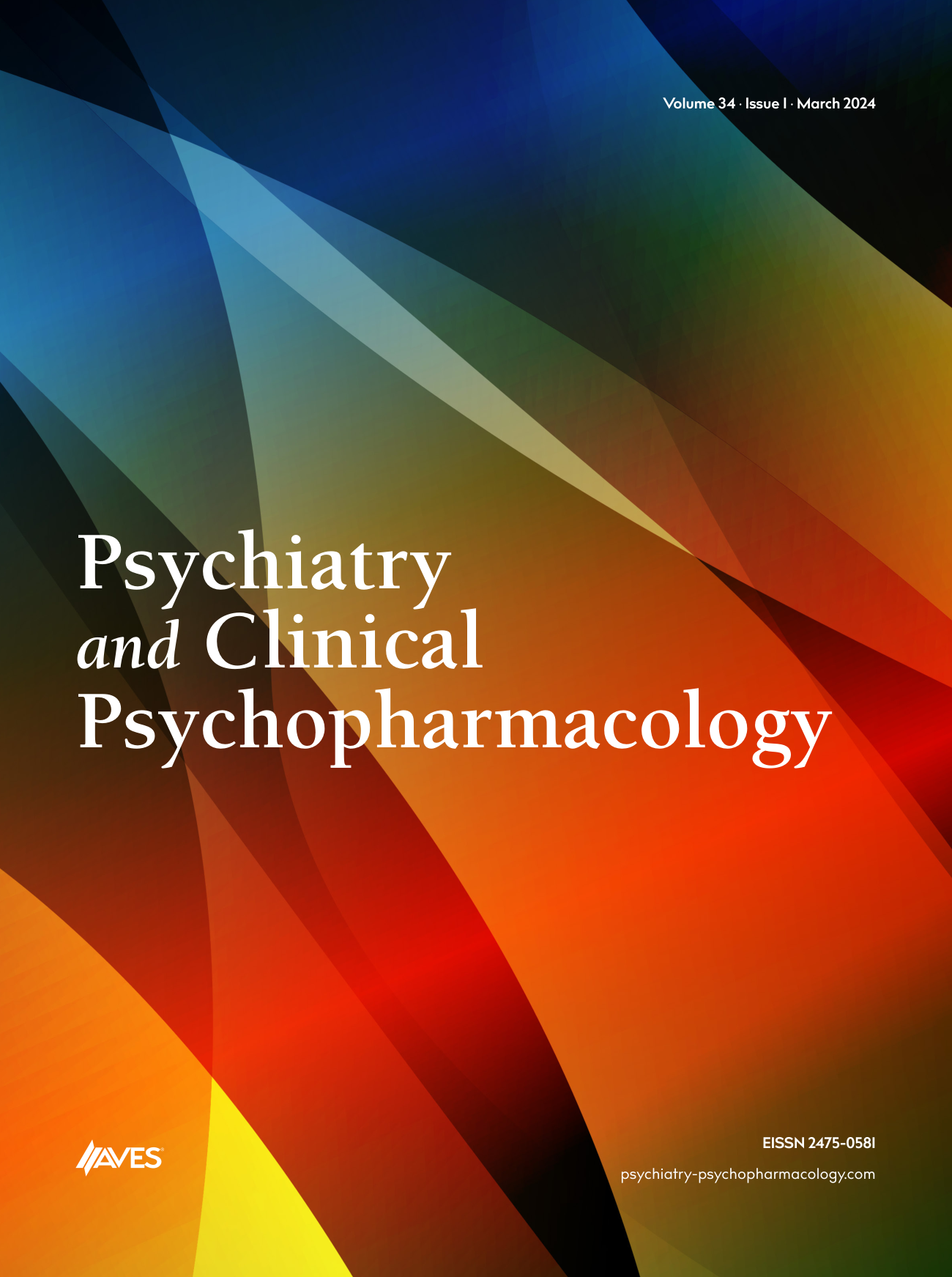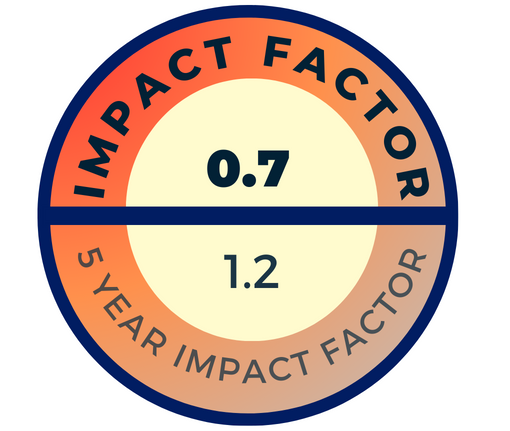Objective: Long-acting antipsychotics were introduced to improve therapeutic outcomes in patients with schizophrenia experiencing sub-optimal improvement due to lack of or partial adherence to long-term treatment. Approximately 15% of schizophrenia patients in maintenance antipsychotic treatment receive depot preparations. Many studies investigated characteristics of long-acting typical and atypical antipsychotics. However, so far there has been a dearth of prospective and retrospective comparison studies of typical and atypical depots. Therefore we retrospectively compared typical and atypical long-acting injectable antipsychotics regarding socio-demographic, clinical, and treatment characteristics of patients with schizophrenia in the present study.
Method: This study was conducted at the Psychotic Disorders Unit of Gaziantep University, School of Medicine, Department of Psychiatry. We reviewed the charts of all 220 outpatients diagnosed with schizophrenia (n=207) or schizoaffective disorder (n=13) according to DSM-IV. Sixtyeight patients from this population, had used or were still using long-acting antipsychotics. Forty-six of 68 patients had used or were using typical depots (TD) (flupenthixol decanoate; 28, zuclopenthixol decanoate; 15, fluphenazine decanoate; 3) and 22 of them had used or were still using long-acting risperidone (LAR). The medical charts for these two groups were reviewed and the findings were compared.
Results: The reason for initiating long acting antipsychotics was non-adherence to oral antipsychotics in almost all patients. The average duration of staying on treatment was 20.43±29.85 and 15.19±8.12 months for TD and LAR groups, respectively (t=2.25, df=66, p=0.02). 58.7% of TD and 90.9% of LAR patients were still using these drugs (χ2=5.206, df=1, p=0.02). Concomitant use of other psychotropic drugs was very common. The most co-prescribed drugs were oral antipsychotics especially atypicals in both groups. Significant decreases were found in both TD and LAR groups with respect to PANNS and CGI-symptom severity scores, except in PANNS negative subscale score in TD group, in which decrease wasn’t statistically significant. Nevertheless no statistically significant difference was detected when CGI-S and PANNS scores including PANNS negative subscale scores of TD and LAR groups were compared. The LAR patients had fewer adverse effects than TD patients as a group.
Discussion: Poor therapeutic outcome because of nonadherence to oral antipsychotics could be improved with use of long-acting antipsychotics in schizophrenia. In our study there was no significant difference between TD and LAR treatments in symptom improvement based on PANNS and CGI. TDs were superior to LAR regarding duration of treatment, but LAR was superior in terms of duration of staying in the same treatment and causing fewer adverse effects.
Şizofreni tedavisinde uzun etkili tipik ve atipik antipsikotikler: Geriye dönük bir karşılaştırma
Amaç: Uzun etkili antipsikotik ilaçlar şizofreninin uzun süreli tedavisinde, tedavi uyumsuzluğu nedeniyle kötü gidişi düzeltmek için geliştirilmişlerdir. Şizofreni hastalarının yaklaşık %15’i tedavilerini bu depo ilaçlarla devam ettirmektedirler. Tipik ve atipik uzun etkili ilaçların çeşitli özelliklerini araştıran birçok çalışma yapılmıştır. Bununla beraber, bu iki tür ilacın ileriye veya geriye dönük birebir karşılaştırmasıyla ilgili yeterli çalışma yoktur. Biz bu çalışmada şizofrenide tipik ve atipik uzun etkili antipsikotikleri kullanan hastaları sosyodemogarafik, klinik ve tedavi özellikleri açısından geriye dönük olarak karşılaştırmayı amaçladık.
Yöntem: Çalışma Gaziantep Üniversitesi Tıp Fakültesi Psikiyatri Anabilim Dalı Psikotik Bozukluklar Birimi’nde takip edilen DSM-IV’e göre 207 şizofreni ve 13 şizoaffektif bozukluk hastası içinden uzun etkili antipsikotik kullanmış veya halen kullanmakta olan toplam 68 hasta ile yapılmıştır. Bunlardan 46 hasta tipik depo (TD) (şupentiksol dekanoat: 28, zuklopentiksol dekanoat: 15, şufenazin dekanoat: 3) ve 22 hasta ise uzun etkili risperidon (UER) kullanmış veya halen kullanıyor idi. Bu iki grup ilacı kullanan hastaların tıbbi dosyaları geriye dönük olarak incelenmiş ve karşılaştırılmıştır.
Bulgular: Bu uzun etkili ilaçların başlanma nedeni hemen tüm hastalar için oral tedaviye uyumsuzluk idi. Tedavide kalma süresi TD ve UER için sırasıyla 20.43±29.85 ve 15.19±8.12 ay idi (t=2.25, df=66, p=0.02). Bununla beraber, TD kullananların %58.7’si ve UER kullananların ise %90.9’u halen mevcut tedavilerine devam etmekteydiler (2=5.206, df=1, p=0.02). Birlikte diğer psikotrop ilaçlarının kullanımı yaygındı ve en sık birlikte kullanılan ilaçlar her iki grup için de özellikle atipikler olarak oral antipsikotiklerdi. TD grubundaki PANNS negatif alt ölçek puanı hariç, her iki grupta da PANNS ve KGİ-belirti şiddeti puanlarında belirgin düşme olduğu görüldü. TD grubundaki PANNS negatif alt ölçek puanındaki düşme istatistiksel olarak anlamlı değildi. Bununla beraber TDs ve UER grupları karşılaştırıldıklarında PANNS negatif alt ölçek puanı da dahil iki grup arasında istatistiksel olarak fark bulunamadı. UER grubunda daha az yan etki vardı.
Tartışma: Şizofrenide oral antipsikotiklere uyumsuzluk ve dolayısı ile kötü seyir uzun etkili ilaçların kullanılması ile önlenebilir gibi görünmektedir. Bu çalışma, her iki grup arasında hastalık belirtilerini iyileştirme açısından anlamlı bir fark olmadığını göstermiştir. Tedavide kalma açısından TD ilaçlar, buna karşın halen aynı tedaviye devam ediyor olma ve yan etki açısından UER üstündür.



